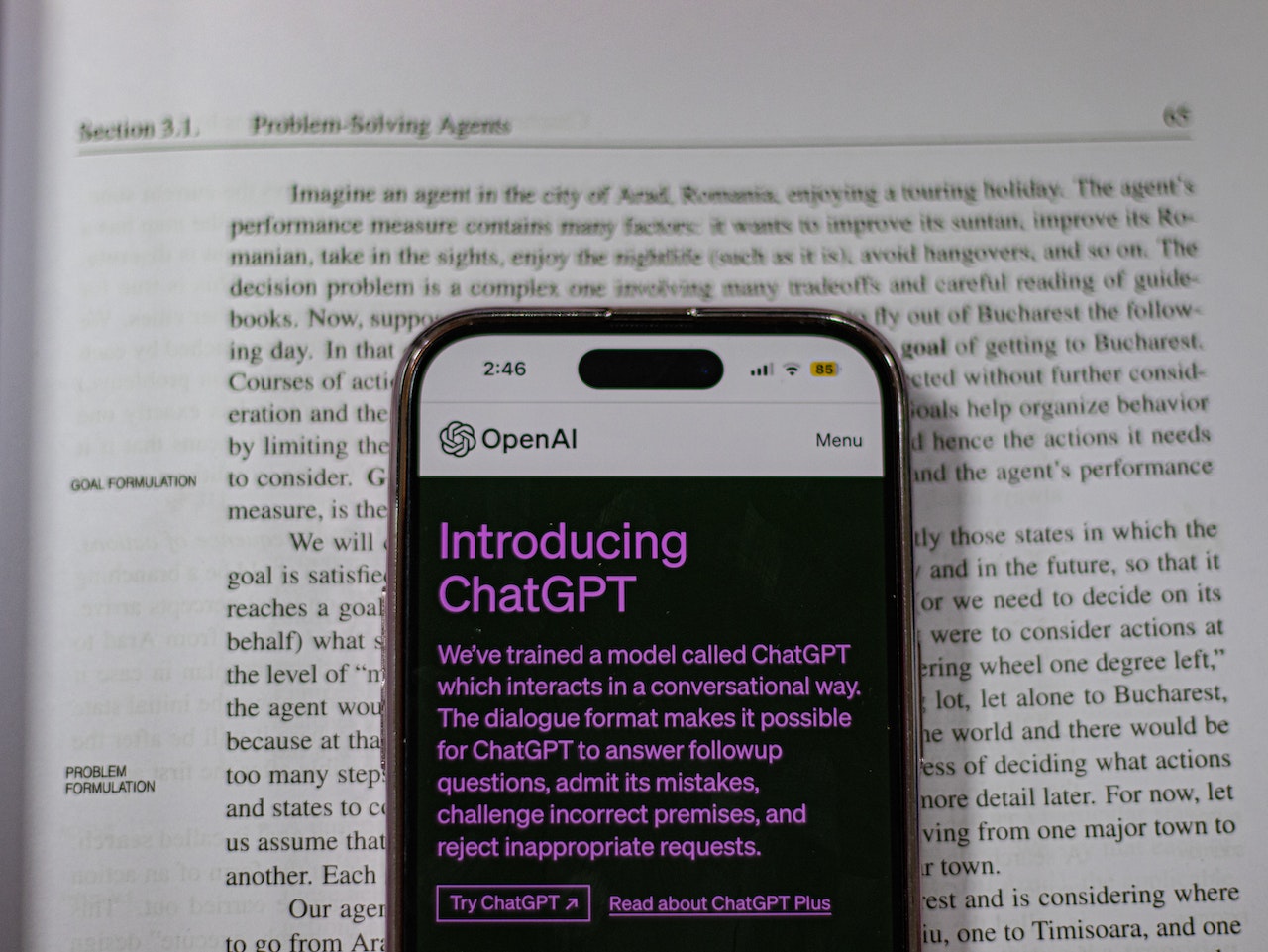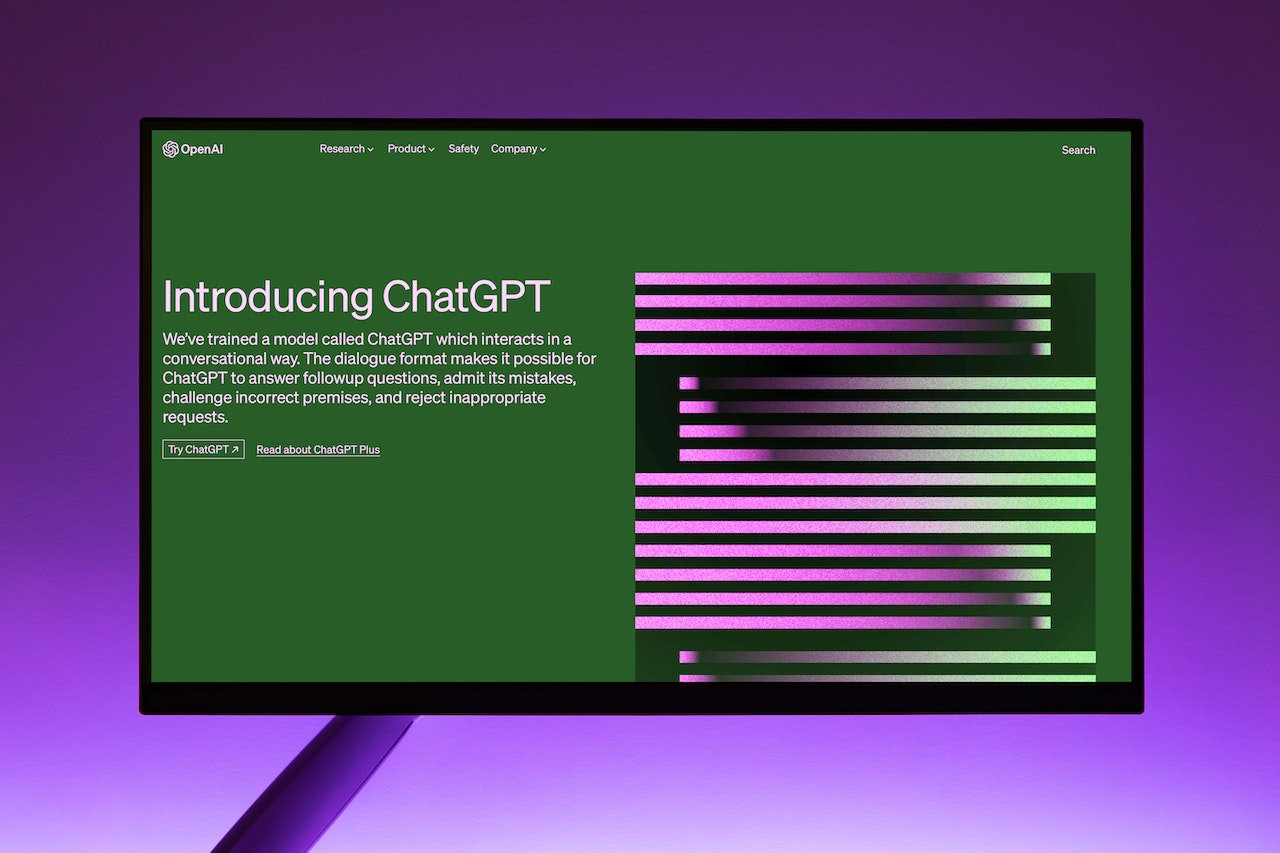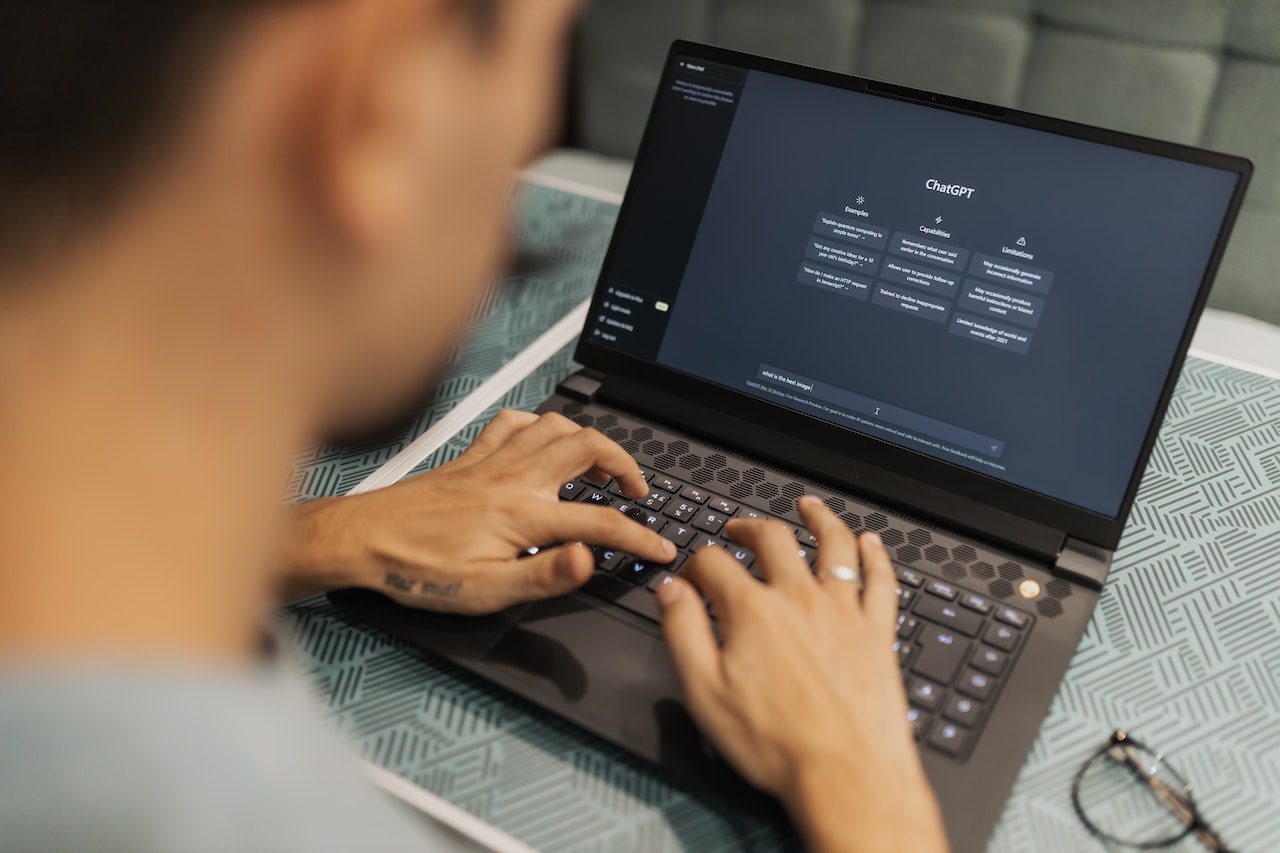Artificial Intelligence (AI) has revolutionized numerous industries, and the field of design is no exception. AI image generators have emerged as powerful tools capable of creating visually stunning and realistic images. This raises an intriguing question: Can AI image generators replace human designers? In this article, we will explore the capabilities of AI image generators, discuss their pros and cons, and analyze the role of human designers in a world dominated by AI technology.
Introduction
AI image generators are sophisticated algorithms that can create images from scratch or modify existing ones based on given parameters. These generators employ deep learning techniques, such as generative adversarial networks (GANs) and variational autoencoders (VAEs), to generate images that possess remarkable realism and creativity. The rapid advancements in AI have resulted in image generators that can replicate different styles, mimic human-like features, and even generate novel designs.
Understanding AI Image Generators
- Generative Adversarial Networks (GANs): GANs consist of two neural networks—a generator and a discriminator. The generator creates images, while the discriminator assesses their authenticity. Through an adversarial process, GANs learn to generate increasingly convincing and high-quality images.
- Variational Autoencoders (VAEs): VAEs are another type of AI model used in image generation. They learn the underlying structure of a given dataset and can generate new images by sampling from the learned latent space.
Pros of AI Image Generators
- Speed and Efficiency: AI image generators can produce designs rapidly, reducing the time required for iterative design processes.
- Infinite Creativity: AI image generators can explore vast design spaces, enabling the creation of novel and unique visual concepts that may not have been considered by human designers.
- Error Reduction: AI image generators can minimize human error in design processes, resulting in consistent outputs and improved quality control.
- Cost-Effectiveness: Implementing AI image generators can potentially reduce the costs associated with hiring and maintaining a team of human designers.
Cons of AI Image Generators
- Lack of Intuition: AI image generators lack the intuition and context that human designers possess. They might struggle to understand complex design briefs or interpret abstract concepts accurately.
- Limited Originality: While AI image generators can produce a vast array of designs, they are ultimately limited by the data they have been trained on. They may struggle to generate truly groundbreaking or unconventional designs.
- Emotional Connection: Human designers have the ability to infuse emotions and unique perspectives into their work, creating a deeper connection between the design and its intended audience.
The Role of Human Designers
Despite the remarkable capabilities of AI image generators, human designers continue to play a vital role in the design industry. Here’s why:
- Creative Direction: Human designers provide creative direction and strategic thinking, guiding the overall design process and ensuring it aligns with the client’s objectives and brand identity.
- Contextual Understanding: Human designers possess the ability to comprehend complex design briefs, interpret abstract concepts, and capture the essence of a brand or message. They bring a human touch and emotional intelligence to the design process.
- Iterative Problem-Solving: Design often involves iterative problem-solving, which requires human designers’ critical thinking skills, adaptability, and ability to explore multiple design solutions.
The Synergy of AI and Human Designers
Rather than being competitors, AI image generators and human designers can form a powerful synergy. By leveraging AI technology, human designers can enhance their creative process and streamline repetitive tasks, allowing them to focus on more complex and strategic aspects of design. AI image generators can serve as valuable tools, providing designers with inspiration, exploring design alternatives, and augmenting their creative capabilities.
The collaboration between AI image generators and human designers can lead to groundbreaking designs that combine the efficiency of AI with the unique perspectives and emotional intelligence of human designers.
Conclusion
In conclusion, while AI image generators have made significant advancements and possess impressive capabilities, they cannot replace human designers entirely. The role of human designers extends beyond generating visual outputs; it involves understanding complex contexts, providing creative direction, and infusing designs with emotions and unique perspectives. The future of design lies in the collaborative synergy between AI image generators and human designers, where each complements and enhances the strengths of the other.
FAQs
Q1: Can AI image generators produce designs that are completely indistinguishable from those created by humans?
AI image generators have made remarkable progress, and in some cases, their outputs can be challenging to differentiate from human-created designs. However, subtle nuances and the ability to capture complex emotions and contexts still remain areas where human designers excel.
Q2: Will AI image generators make human designers obsolete in the future?
While AI image generators can automate certain design processes and increase efficiency, they are unlikely to replace human designers entirely. The collaboration between AI and human designers offers the most promising path, combining the strengths of both to produce exceptional design outcomes.
Q3: Are there any ethical concerns associated with AI image generators?
Yes, ethical considerations arise with the use of AI image generators. Issues such as bias in training data, intellectual property rights, and the potential misuse of generated content require careful attention and regulation.
Q4: Can AI image generators replace the need for human creativity in design?
AI image generators can aid in the design process and generate novel concepts, but they lack the creative thinking and intuition that human designers possess. Human creativity and emotional intelligence are integral to design and cannot be replicated by AI alone.
Q5: How can designers leverage AI image generators effectively?
Designers can incorporate AI image generators into their workflow by using them as tools for inspiration, exploring design alternatives, and automating repetitive tasks. By embracing AI technology, designers can enhance their creative process and focus on higher-level design considerations.





